Talks in Alaska, focus on Ukraine
The development comes amid a tense period in Moscow-Washington relations. In late July and early August, US President Donald Trump announced that he would continue to supply weapons to Ukraine and consider new sanctions against Russia. These moves raised concerns that the “honeymoon” between Moscow and the new US administration had ended.
However, some optimistic analysts believe that President Trump's actions are more tactical than long-term strategic. The main purpose is to put pressure on the opponent to make concessions, then open the way for dialogue.
However, few expected that a summit, which is usually prepared for months and is prone to media leaks, could be held so quickly and kept secret like this one. This raises the possibility that either this was the result of a sudden decision at the highest level, or the entire process was prepared in absolute secrecy.
The Ukraine issue will certainly take center stage at the upcoming Russia-US summit. Simply because without substantial progress on this issue, it is politically impossible to promote any further bilateral cooperation.
Over the past six months, the negotiations on Ukraine have made little headway. President Trump has become increasingly impatient, but has remained steadfast in his resolve. For Trump, admitting defeat in the Ukraine dossier is not only a political loss, but also a personal one.
The list of reconciliation initiatives that President Trump has promoted or said he will pursue, from Congo and Rwanda to Thailand and Cambodia, India-Pakistan, Israel-Iran, and more recently Armenia-Azerbaijan, seems to reinforce his belief that American diplomacy can resolve any conflict if deployed properly.
But beyond personal motivations, a larger strategy is shaping Washington’s decisions. With China and Asia as strategic priorities, the Trump administration has long sought to reduce its presence in Europe, particularly in the Ukraine conflict. The ideal scenario for the United States, according to Mr. Trump, is for Europe to handle its own problems, with the United States playing a minimal role.
However, reality shows otherwise. As NATO continues to increase its role and demand support from the US, a complete withdrawal becomes impossible. The situation that happened in Libya seems to be repeating itself in Ukraine, but on a larger scale and with a higher level of commitment. European allies do not have the military capacity to maintain a confrontation with Russia in the long term, forcing the US into the conflict despite its desire to reduce its involvement.
Ukraine is therefore not just a regional issue, but also a choke point for the US global strategy. Resolving the conflict, or at least freezing it under control, will be a prerequisite for Washington to reorient its strategic priorities towards Asia and avoid getting bogged down in a protracted crisis in Europe.
Narrow door for compromise
However, the path to peace in Ukraine is likely to be hampered by Moscow’s steadfast stance, which is pursuing a comprehensive, legally binding and long-term solution. For Russia, ending the conflict is not simply a ceasefire, but the complete elimination of the threat emanating from Ukraine, including its military-technical potential, as well as a definitive resolution of territorial disputes.
The failure of the Istanbul process in 2022 was largely due to Kiev’s refusal to consider peace proposals along those lines. But for Russia, those conditions are not negotiable options, but vital national security issues. According to Moscow, if Ukraine remains in the orbit of Western influence, maintains its military potential, and does not have a binding agreement to end the fighting, the conflict risks re-emerging with greater intensity in the near future. In that context, any mediation effort by President Trump, if it does not address Russia’s core demands, will be unlikely to produce lasting results. Washington appears to be aware of Moscow’s fundamental security concerns and is looking for a compromise. However, there are still many thorns ahead.
First, even if President Trump manages to convince Kiev and its European allies of some solution, support will be patchy. Any deal reached in Alaska is likely to be met with resistance from within Ukraine and some EU countries.
Second, Washington’s official position in recent times has been that peace should be forged through direct negotiations between Russia and Ukraine, with the United States acting as a mediator or observer. This structure was adopted in Istanbul, and if it continues, the next step after the summit should be to restore the format of Russian-Ukrainian dialogue, either in its original form or in a modified form.
Third, and perhaps most important, is the extent to which President Trump is willing to accept Russia’s terms. With his image as a “tough negotiator,” he is unlikely to fully accept Moscow’s demands. Conversely, the Russian leadership has a history of not giving in under pressure. This summit will therefore be more of a test of position than a venue for immediate breakthroughs.
In this context, it will be difficult to predict the specific outcome of the summit. Moscow has two options: either to achieve the key conditions for a political solution, or to gain more space and favorable conditions to continue the military campaign with the support of a parallel negotiation process. For President Trump, the goal is to achieve a commitment to ending the conflict, even if it means accepting some changes in the pace and conditions. He needs a concrete result to prove his role as a “peacemaker”, both in the eyes of his domestic voters and the international community, so he cannot leave the negotiating table empty-handed.
Most likely, the parameters of what is possible have been outlined in advance through the preliminary contacts of Special Envoy Witkoff. Therefore, an immediate ceasefire is unlikely. The most realistic scenario would be for the two sides to agree on a negotiating roadmap, including a new deadline, a reorganized format for the peace process, and an updated framework for the final configuration of the solution. However, even such a “roadmap” would face complex implementation hurdles and would likely drag on over time.
Hung Anh (Contributor)
Source: https://baothanhhoa.vn/hoi-nghi-thuong-dinh-nga-my-tai-alaska-co-hoi-hoa-binh-mong-manh-hay-van-co-chien-luoc-257601.htm










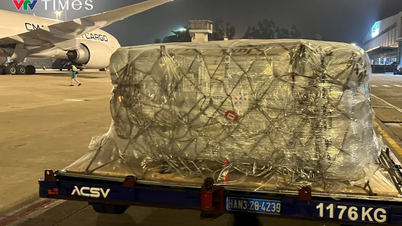

































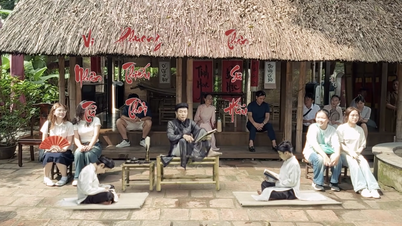


















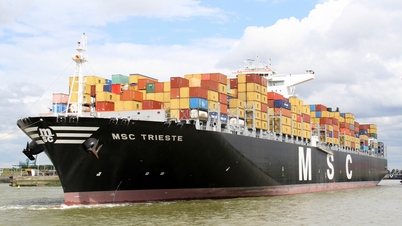

















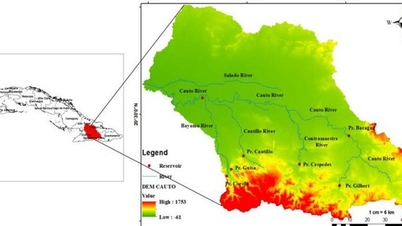















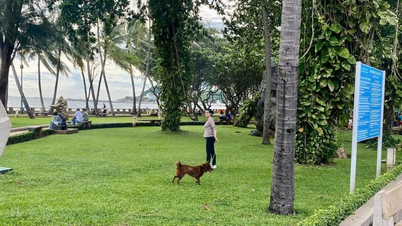
















Comment (0)